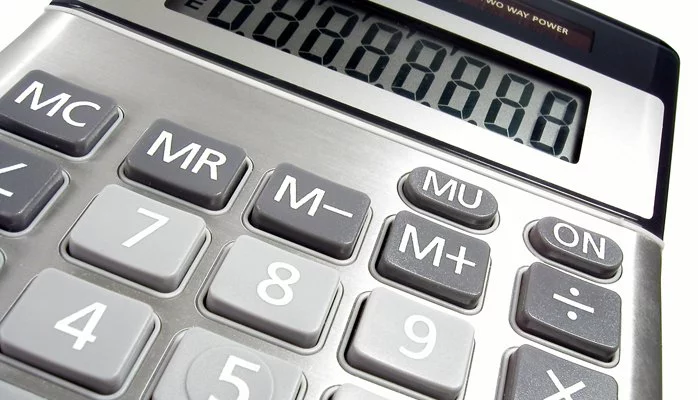Admit it – You have Data Quality Problems!

If the performance of your recent marketing campaigns has left you deflated, take solace in the fact that it’s not necessarily due to your poor planning. It could be the quality of your data that’s letting you down. So, if you want to increase your prospects of getting a good return on your marketing budget, it’s time to get your house in order and start fixing data quality issues.
Firstly, determine whether your data quality issues result from sourcing your data from the wrong places. Once you’ve determined this, you need to ensure your existing data gets a regular validation overhaul and verify all new data before it enters your systems.
Know the sources of your bad data quality problems.
Your poor data quality problems could go back to the point of collection. For example, if your prospect lists have been compiled from handwritten forms submitted in a raffle, the data will likely be full of errors. These ‘form-fillers’ sole motivation is to win a random prize – rather than seek information about your products or services. They probably didn’t take too long to fill in the forms legibly or correctly. And that’s one place where your bad data problems can start.
On the other hand, if your contact lists come from information collected at a tradeshow booth, you can expect to see big differences in quality, including inaccurate data and duplicate data. These prospects have actively expressed an interest in discovering more about the type of good or service you offer. They will be far more likely to fill the form out accurately and legibly. Result – good data and a good starting point for your targeted marketing messages.
The moral of the story is when purchasing contact information for lead generation purposes, buy lists from a reputable supplier who will send you real leads worth working on. However, your data may still include common data quality issues. Leads quickly become out-of-date, with prospects changing jobs, phone numbers, and email addresses. And if your lead provider hasn’t subscribed to best practices, you could end up with data that’s already been sold to a competitor, is co-registered, or has been captured from a questionable source.
Sending marketing communications to poor prospects will lose money, face, and time.
Confront your inner (and incoming) bad data demons – or face the fallout.
Once you’ve understood where your data comes from, you need to ensure its accuracy. This can be done efficiently and cost-effectively if you do your homework. RealValidation uses software that can identify disconnected phone numbers and clean your data in real time at the point of capture. This means bad data can’t enter your systems in the first place.
When it comes to data you already hold, by regularly verifying phone numbers by scheduling data audits and updates, you can be certain, before mailing, phoning, or emailing, that you are sending messages to the right people. RealValidation can deal with your data in volume using industry-beating batch processing techniques. Regarding phone contact data, you’re likely working with just 75% accurate data. Using RealPhoneValidation means increasing your levels of accurate contact information to as much as 95%. Email addresses can also be validated as they enter your systems, allowing you to fix email data quality errors.
When it comes to data quality problems, you can blame your tools.
Sometimes, it’s correct to say that bad workmen blame their tools. When it comes to sales and marketing, however, it’s their tools (or data) that are often to blame when campaigns aren’t working out. Make sure you have the best data at your command by working with a reliable data validation company. Then, enjoy the success you deserve from your next marketing campaign.
